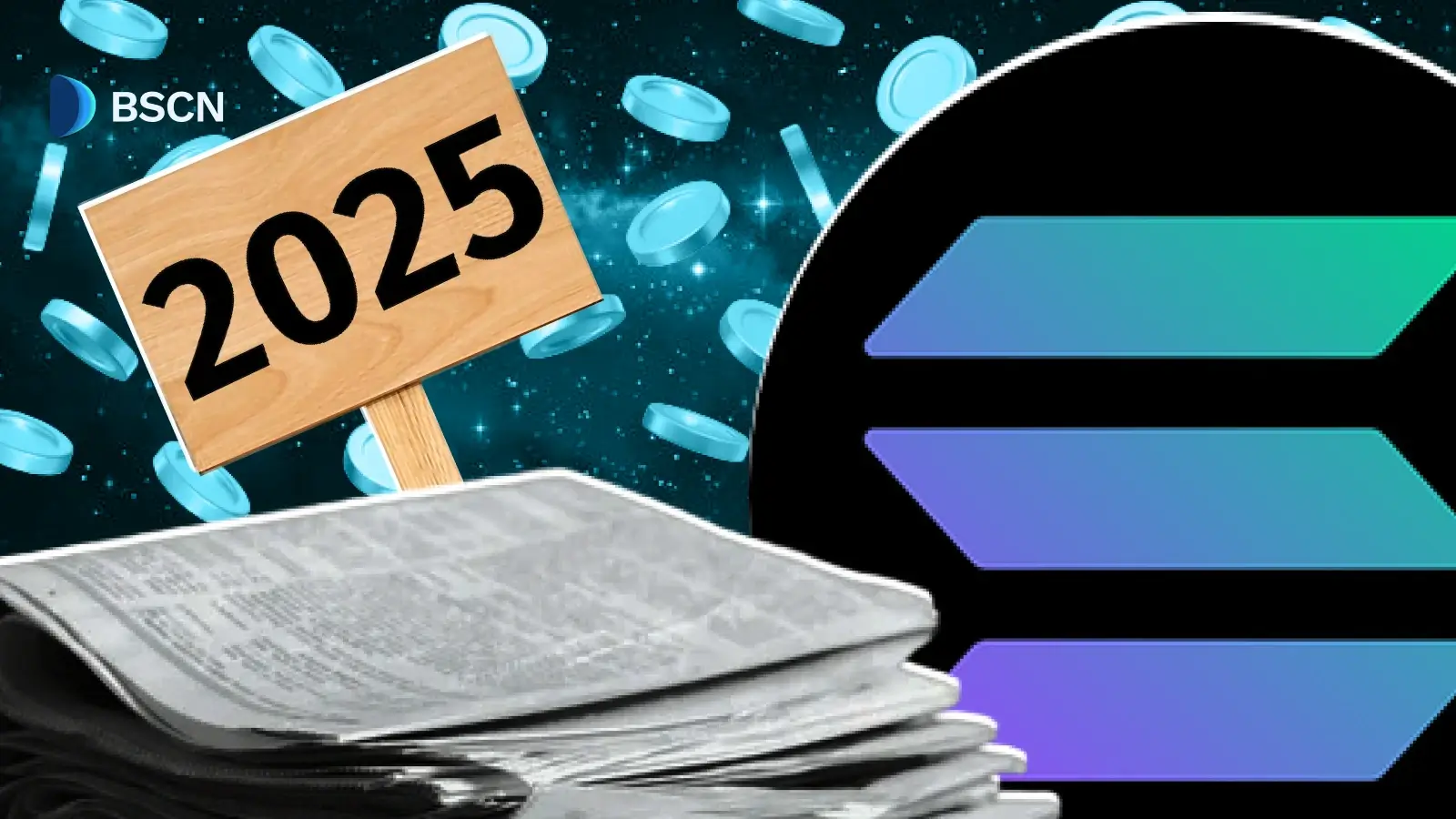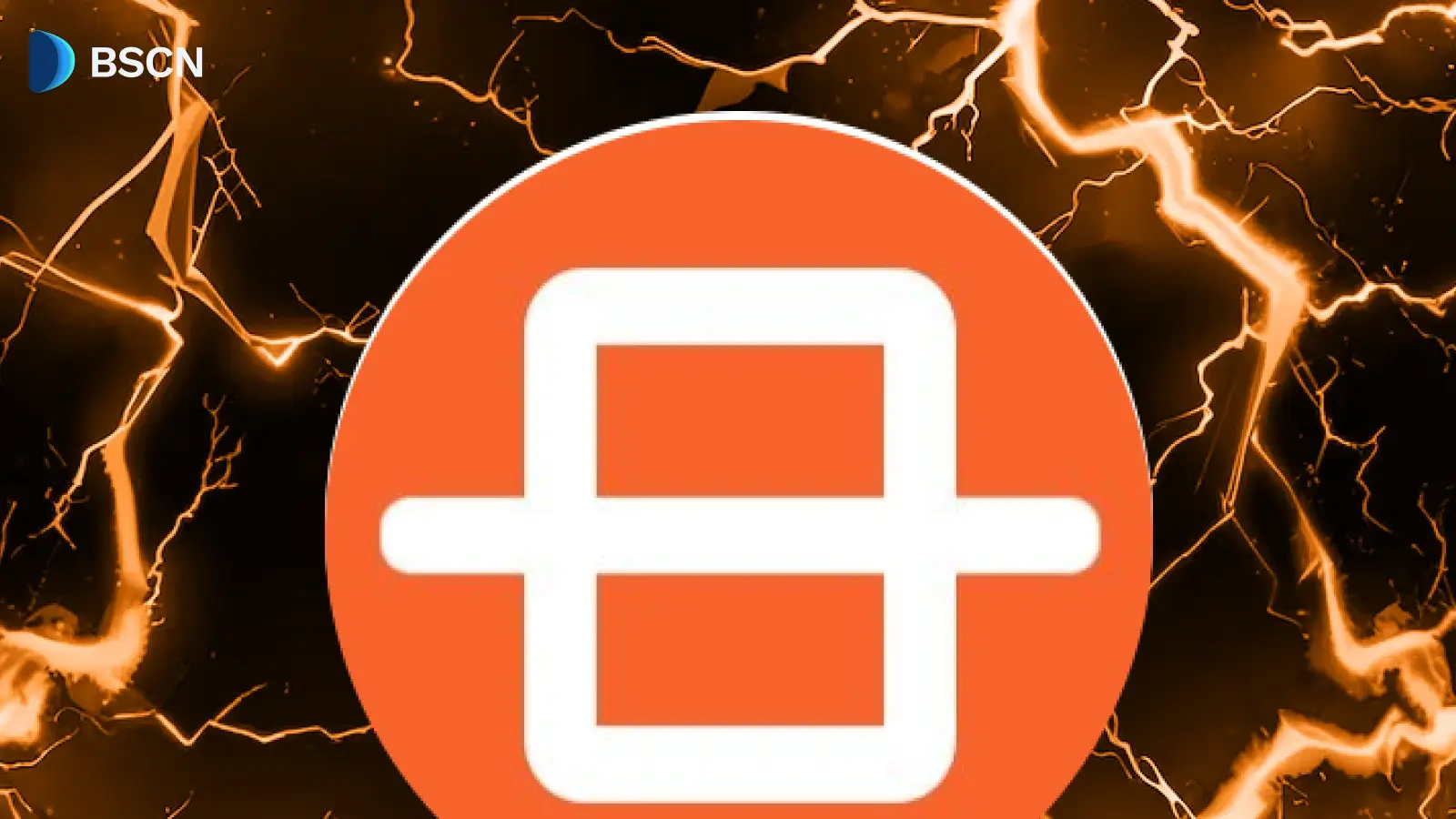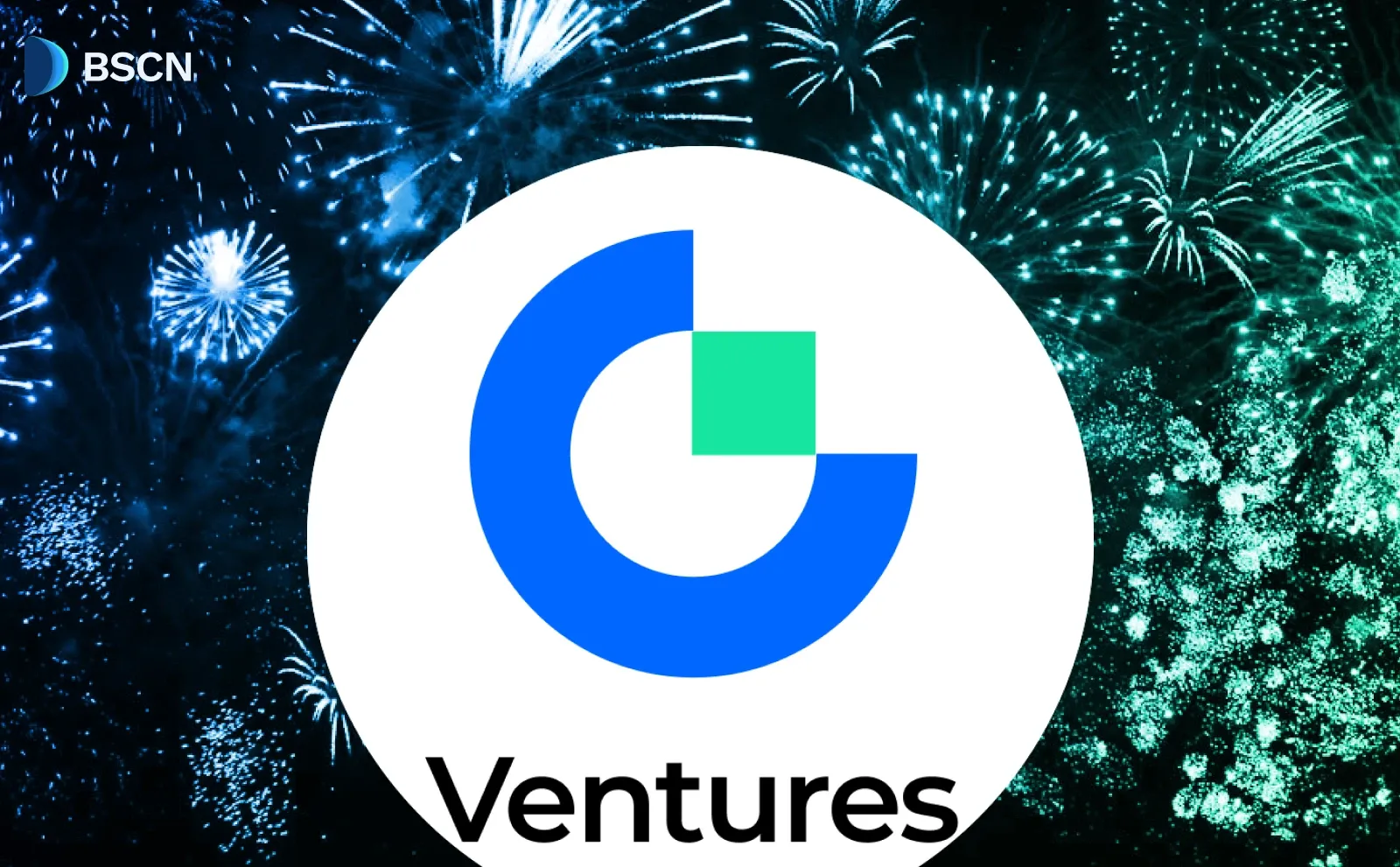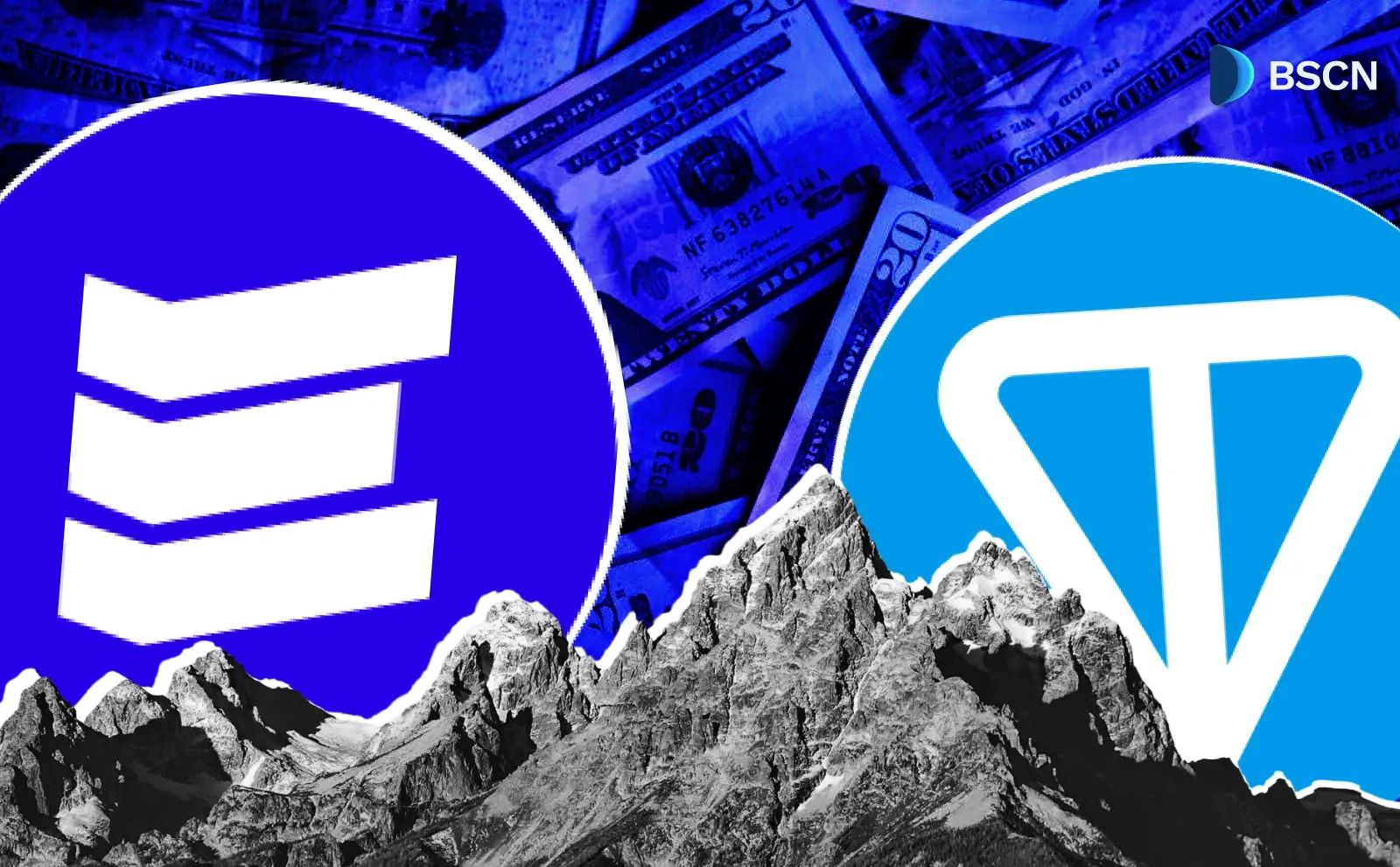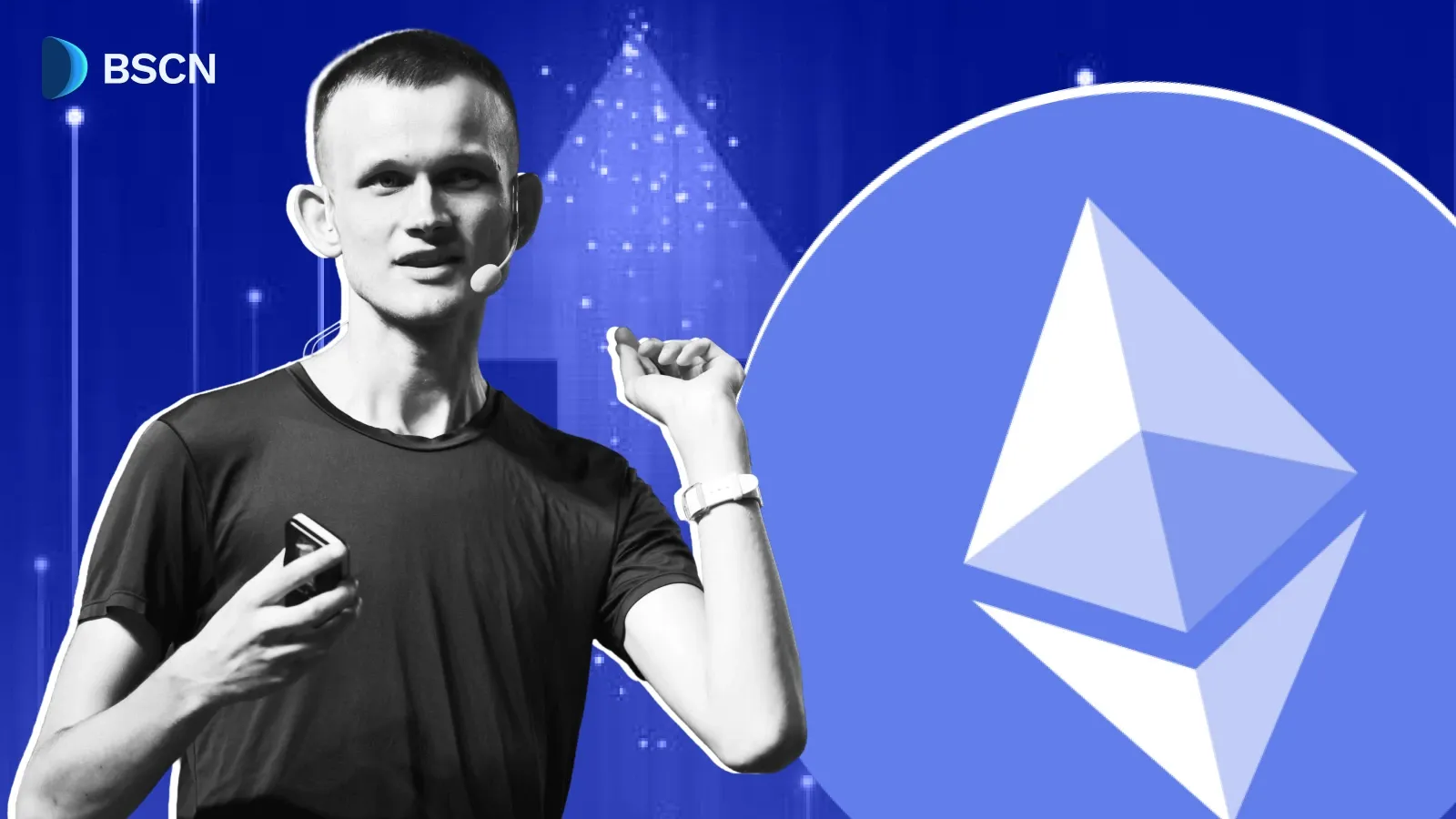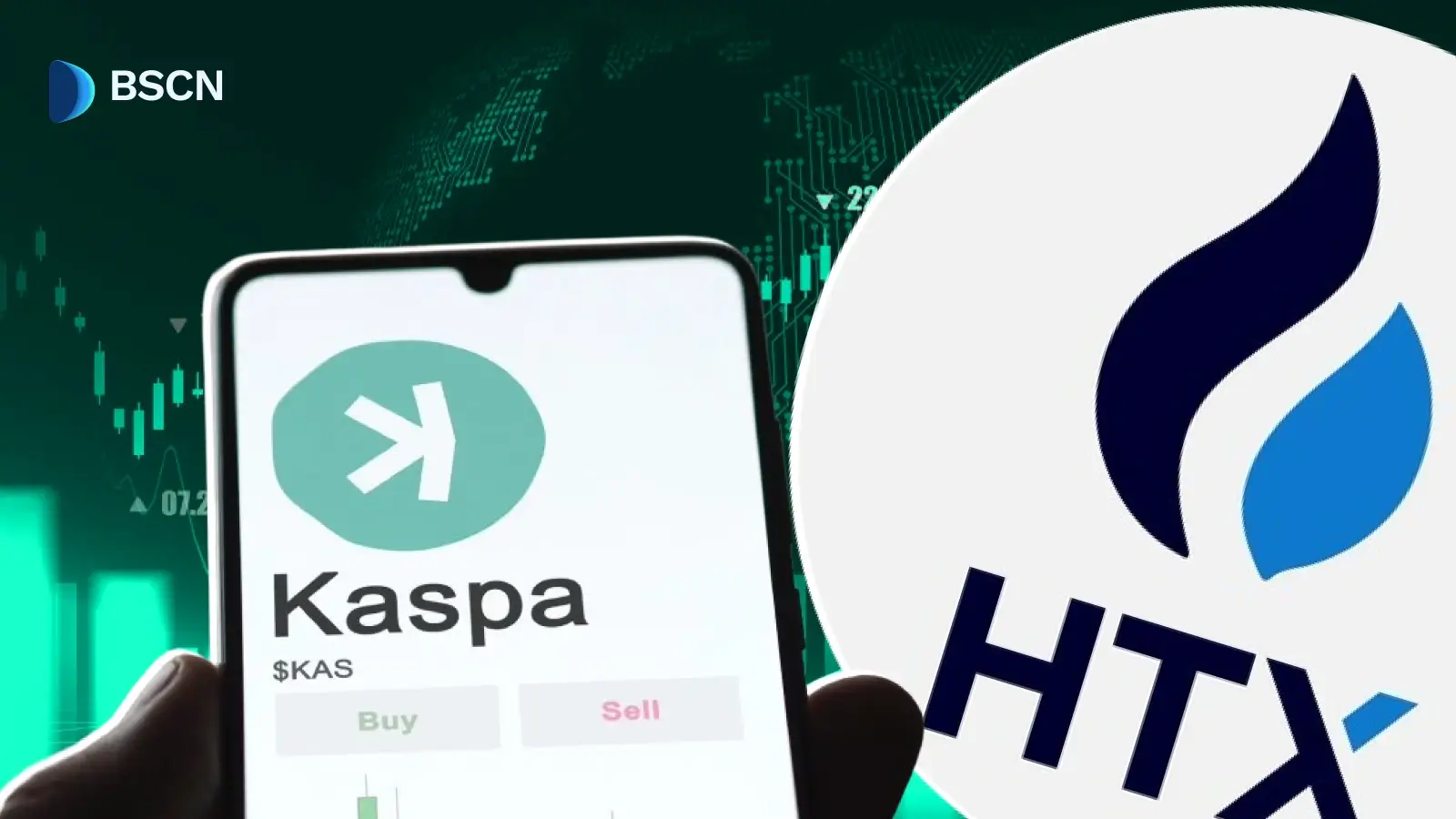News
(Advertisement)
New ICE Tokenomics: Ice Open Network’s Most Important Update Ever?
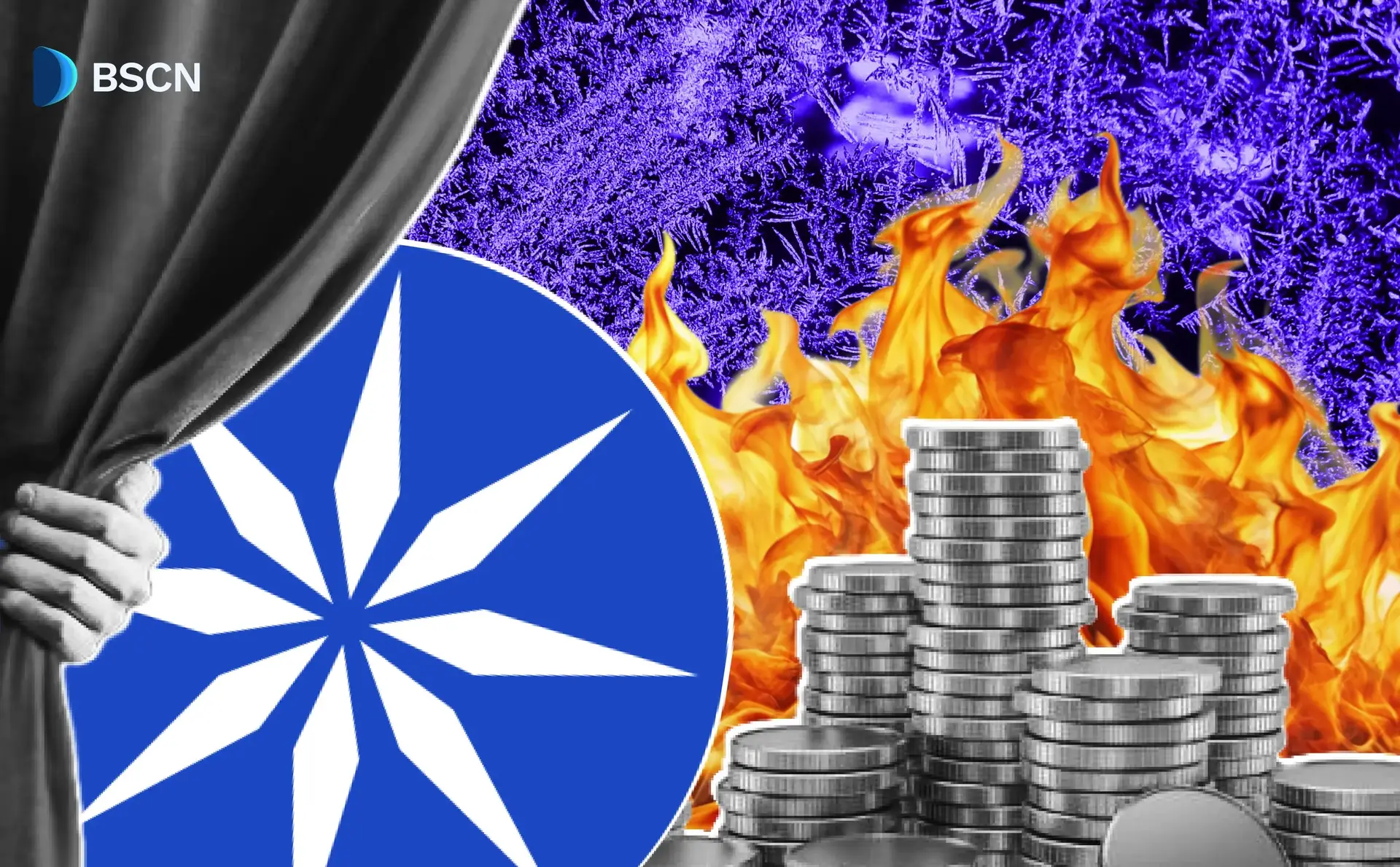
The ICE token may be changing for the better. Ice Network has unveiled an all-new deflationary model and here's what you need to know.
UC Hope
April 14, 2025
(Advertisement)
Table of Contents
Ice Open Network (ION), according to a blog note by CEO Alexandru Iulian Florea, has announced significant changes to its ICE token’s economic model. The changes are designed to enhance utility, reward users, and promote a deflationary ecosystem.
These updates, shared ahead of the Online+ and ION Framework launches, were first revealed during an April 12, 2025, Spaces session on ION’s official X channel. This article examines the new tokenomics, their impact on users and developers, and ION’s vision for a user-owned digital economy.
New ICE Tokenomics: A Deflationary Approach
The ICE token powers the Layer-1 platform, which is focused on scalability and decentralization. Florea’s announcement outlines a “leaner, smarter” economic model to support long-term ecosystem success.
“The new ICE economic model is leaner, smarter, and built entirely around the long-term success of our ecosystem — and what I believe to be the best deflationary model on the market,” Florea wrote.
Key updates:
- Expanded Utilities: ICE supports new features like tipping and subscriptions.
- Revenue Allocation: All fees feed back into the ecosystem via burns and rewards.
- User Monetization: A referral program and tokenized communities empower earners.
- Deflationary Mechanism: Daily buybacks and burns reduce the token supply.
- Chain-Agnostic Partnerships: Integration with other blockchains amplifies ICE’s reach.
These changes aim to create a sustainable, community-driven platform prioritizing real utility over speculation.
Enhanced Utilities: Powering dApps
ICE’s role is expanding with the ION Framework, which supports a growing dApp ecosystem. Beyond core functions like gas for transactions, governance, and staking, ICE will enable features such as tipping creators, premium upgrades, subscriptions, post boosts, ad campaigns, tokenized community fees, and swap fees. “We’re designing for utility — not speculation,” Florea stated, emphasizing practical use cases.
For example, tipping creators allocates 80% to the creator and 20% to the Ecosystem Pool, while ad campaigns direct 100% to the pool. This structure ensures ICE is integral to interactions, from social media to decentralized marketplaces, fostering widespread adoption.
Revenue and Rewards: Reinvesting in the Community
All revenue generated within the ION ecosystem is reinvested, either through token burns or community rewards. “Every cent of value that enters the ION ecosystem stays in the ecosystem,” the ICE CEO wrote.
The breakdown includes:
- 50% of Ecosystem Pool fees fund daily ICE buybacks and burns.
- The remaining 50% supports rewards for creators, tokenized communities, affiliates, and node operators.
Florea highlighted the potential scale: “If we capture just 0.1% of global social media ad revenue (which hit $230B+ in 2024), that’s $115M worth of ICE burned annually.” This model merges the Mainnet Rewards and DAO pools into a unified Rewards Pool, with coins staked, not sold, to generate yield for future rewards, enhancing sustainability.
Deflationary Model: Reducing Supply
The deflationary mechanism is central to ICE’s evolution, aiming to reduce token supply through burns tied to ecosystem activity. “The goal: a future where up to 100% of ecosystem revenue is used to burn ICE,” he explained.
In five years, when the Rewards Pool lock ends, staked coins will generate yield to fund rewards, allowing more revenue to be allocated to burns. This approach ties value to usage, such as ad views or post boosts, ensuring burns reflect real activity. “This is deflation with purpose — real activity, real value,” Florea wrote, inviting readers to consider the implications for ION’s market cap.
User-Owned Monetization: Rewarding Participation
ION introduces a referral program to empower users, offering 10% lifetime commissions on invitees’ spending or earnings. “Invite a friend to join any social DApp built on the ION Framework? You earn 10% of anything they spend or earn on there,” the blog read. For instance, if an invitee buys a premium membership or earns from content, the referrer benefits, creating a user-driven economy.
This model contrasts with traditional platforms, as Florea emphasized: “This is a social economy built by people, for people — and it’s designed to deliver lasting value, not fleeting hype.” By tying rewards to engagement, ION incentivizes growth and loyalty.
Tokenized Communities: Content-Driven Value
Tokenized communities allow creators to generate tokens when posting content, which others can buy and trade. When creators earn rewards, the system buys their tokens from the market, with 50% burned to increase liquidity and value.
This mechanism differentiates ION from speculative platforms, tying token value to creator success and ecosystem activity, further driving deflation.
Chain-Agnostic Partnerships: Expanding Reach
The ION Framework’s chain-agnostic design supports over 20 blockchains, covering 95% of market tokens. Projects can launch branded social dApps with their tokens integrated for tips, upgrades, or ads, with 50% of fees burning their token and 50% funding ICE burns and rewards. “As these partners deploy social DApps built on the ION Framework, ICE burn volume will accelerate dramatically, exponentially,” Florea noted.
With over 60 projects and 600 creators already onboard, these partnerships amplify ICE’s utility and burn rate, strengthening the ecosystem.
Looking Ahead: Online+ and Beyond
The upcoming Online+ dApp, built on the ION Framework, will showcase these features, offering tools like encrypted chat and in-built wallets. Florea acknowledged the journey: “Like all worthwhile endeavors, it’s taken time, so I’m thankful to everyone who’s stayed with us.” ION is poised for growth with 40 million users and partnerships like MMA star Khabib Nurmagomedov as an ambassador.
Challenges remain, including scaling infrastructure and competing with networks like Ethereum. However, open-sourcing the framework code will invite global developers, potentially accelerating innovation.
In the meantime, the latest ICE token updates lay the foundation for a decentralized, user-owned internet. By expanding utility, reinvesting revenue, rewarding users, burning tokens, and forging partnerships, ION prioritizes sustainability.
For blockchain enthusiasts, Web3 advocates, or creators, ION’s developments signal a shift toward inclusive digital economies, making it a project to watch.
Read Next...
Disclaimer
Disclaimer: The views expressed in this article do not necessarily represent the views of BSCN. The information provided in this article is for educational and entertainment purposes only and should not be construed as investment advice, or advice of any kind. BSCN assumes no responsibility for any investment decisions made based on the information provided in this article. If you believe that the article should be amended, please reach out to the BSCN team by emailing [email protected].
Author
 UC Hope
UC HopeUC holds a bachelor’s degree in Physics and has been a crypto researcher since 2020. UC was a professional writer before entering the cryptocurrency industry, but was drawn to blockchain technology by its high potential. UC has written for the likes of Cryptopolitan, as well as BSCN. He has a wide area of expertise, covering centralized and decentralized finance, as well as altcoins.
(Advertisement)
Latest News
(Advertisement)
Crypto Project & Token Reviews
Project & Token Reviews
Comprehensive reviews of crypto's most interesting projects and assets
Learn about the hottest projects & tokens







